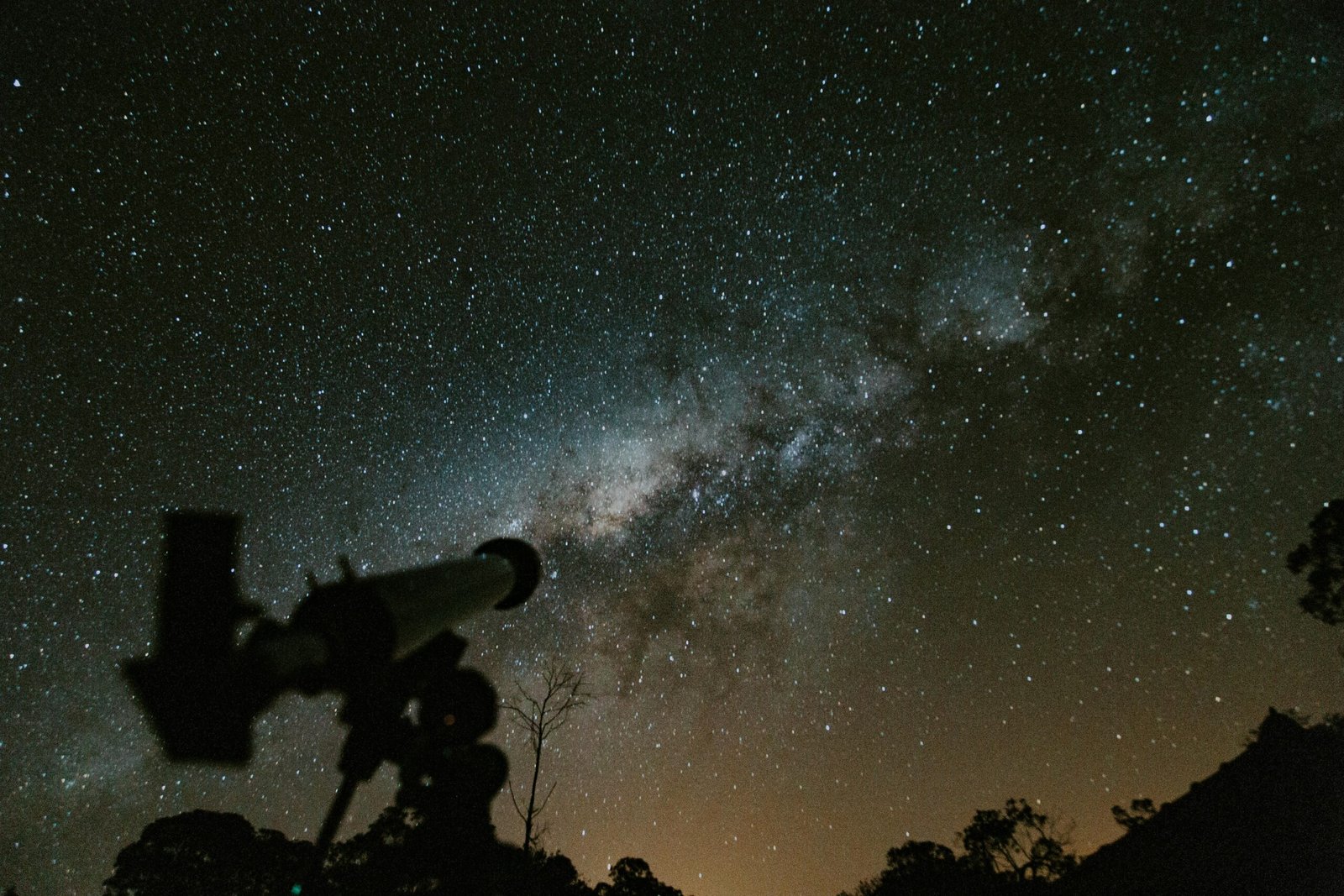Elephant’s Perch near Craters of the Moon National Monument and Preserve in Idaho is a scenic place to camp and see the stars. For stargazers, the darkest skies provide the best entertainment. Planets, innumerable twinkling stars and bright meteors are good reasons to look up. But witnessing cosmic wonders has become sacred due to so many U.S. skies adversely affected by light pollution, making dark, clear evenings a challenge. So greater numbers of galaxy geeks are gravitating toward destinations where constellations are the brightest. “Like seeing endangered animals, people want to see the rare night sky,”
 says Alan Dyer, an astronomy writer and photographer and producer of planetarium programs for the TELUS Spark Science Centre in Calgary, Alberta, in Canada. “Astrotourism is a growing part of the travel industry because people want to check amazing sights off their bucket list, like seeing the Northern Lights, a solar eclipse or the Milky Way. They’re on par with the scenic wonders on Earth.” A good place to start when planning a stargazing trip is to consult the International Dark-Sky Association’s website for a listing of certified dark areas, including national parks. The International Dark Sky Places (IDSP) program is dedicated to preserving and protecting dark sites across the world. As of 2022, there are 195 certified IDSPs globally,
says Alan Dyer, an astronomy writer and photographer and producer of planetarium programs for the TELUS Spark Science Centre in Calgary, Alberta, in Canada. “Astrotourism is a growing part of the travel industry because people want to check amazing sights off their bucket list, like seeing the Northern Lights, a solar eclipse or the Milky Way. They’re on par with the scenic wonders on Earth.” A good place to start when planning a stargazing trip is to consult the International Dark-Sky Association’s website for a listing of certified dark areas, including national parks. The International Dark Sky Places (IDSP) program is dedicated to preserving and protecting dark sites across the world. As of 2022, there are 195 certified IDSPs globally,
with 60 in the U.S., including at least 17 national parks. Of course, visiting one of these areas on a clear night is important; so is the moon’s phase. A full moon creates its own version of light pollution, so try to time your trip a couple of days before, during and after a new moon to enhance your viewing odds. While stars are guaranteed to be more visible in these certified dark sky places, even without a designation there are locations in the U.S. that put on brilliant night sky shows. Some of them are within driving distance of major U.S. destinations making them more accessible. If astrotourism is on your agenda for 2022,
this roundup of some the best starry escapes in the U.S., including locations with connections to the historic 1969 moon landing, will come in handy: Learn more: Best travel insurance National Parks Colorado Located in the southwest corner of Colorado, Mesa Verde National Park features 600 ancient cliff dwellings and views of millions of nighttime stars and galaxies. In 2021, the park became the 100th certified International Dark Sky Park. Celestial sights can be seen from the park’s Morefield Campground and Far View Lodge, which also hosts ranger-led evening programs, including one on how Ancestral Pueblo people depended on nighttime skies for planting and harvesting of crops and tracking patterns of wildlife. Dark skies can also be admired from overlooks inside the park, including Geologic, Mancos Valley and the Montezuma Valley overlooks.
Utah The Glen Canyon National Recreation Area on Lake Powell, straddling Arizona and Utah, is home to one of the world’s largest natural bridges, the arch-shaped Rainbow Bridge National Monument. The monument is a designated International Dark Sky Sanctuary, the first of its kind in the National Park Service, for the quality of its naturally dark night skies and the site’s cultural heritage. Stargazing and exploring the night sky is allowed almost anywhere in the park. Stargazing programs conducted by park rangers are also offered in the summer. Stars put on a show above Lake Powell in Arizona. California Yosemite National Park, about 170 miles east of San Francisco, offers views of the constellations in some of the area’s
most popular stargazing spots, including Glacier Point, Sentinel Meadow, Olmstead Point, Washburn Point and Cook’s Meadow. June through August amateur astronomers set up telescopes at Glacier Point on Saturdays. The park also has dedicated star programs such as Starry Night Skies Over Yosemite, a walking tour in Yosemite Valley to learn about the moon, the Milky Way galaxy, meteors, comets and more, and Glacier Point Starry Night Skies Over Yosemite, a bus tour to Glacier Point where visitors are treated to an astronomy program under the stars. Moonbow is a seasonal program to search for rainbowlike phenomenon that occur at night when the light from the moon refracts in water droplets from the park’s waterfalls.




